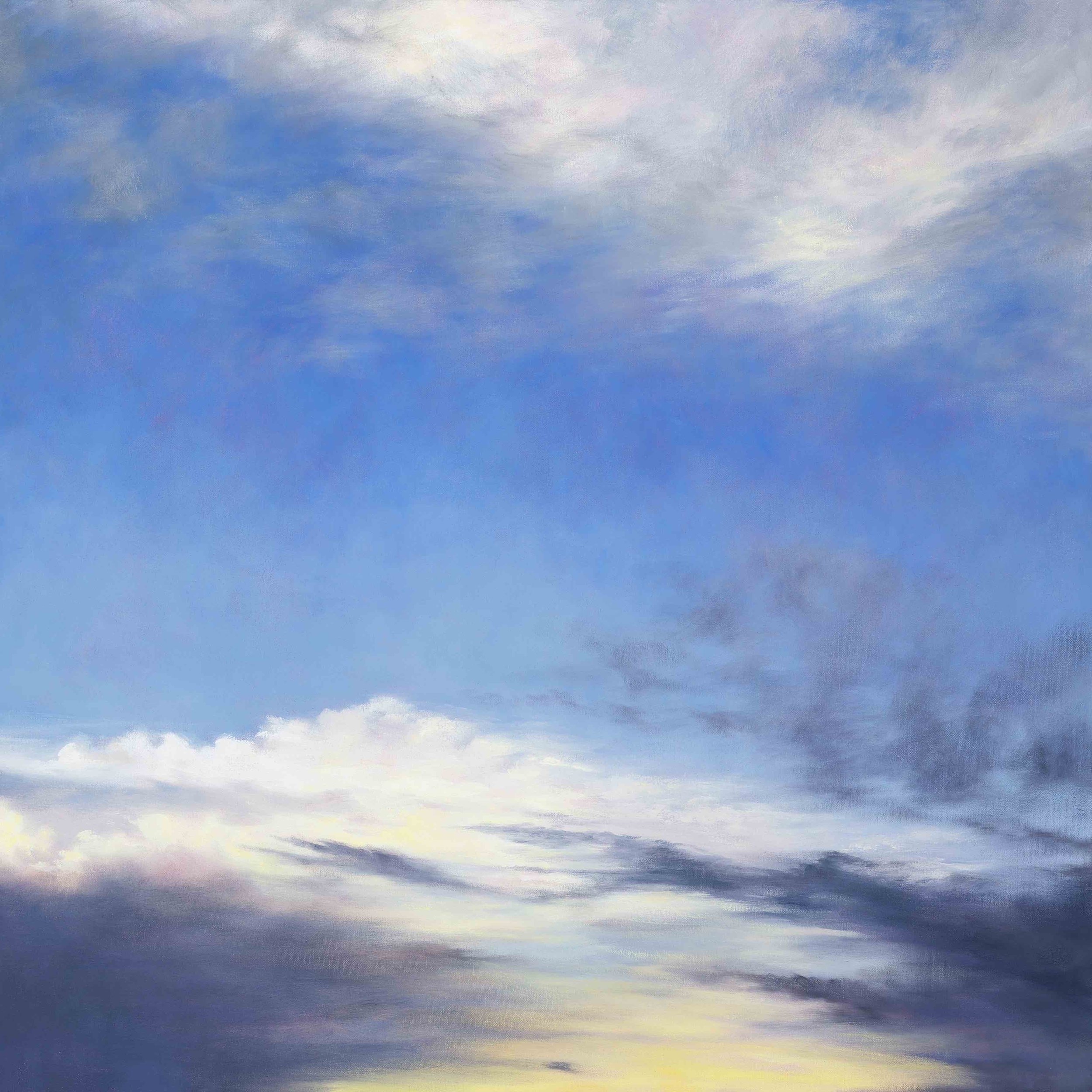15 March - 2 April 2012, Charles Hewitt Gallery, Darlinghurst, Sydney
Pillars of cloud building; the swift flight of a flock of birds on the breeze; a moment suspended...... Corinne Loxton’s landscapes afford a moment of stillness in a rapidly changing, high-tech society - breathing space in which to pause and experience glimpses of something beyond the mundane and the everyday. The paintings of real and imagined landscapes capture fleeting, yet timeless moments. As you contemplate the work, it is as though you are suspended in both time and space. The pictures locate you, the viewer, floating in the air and simultaneously grounded in the physical world.
Loxton's paintings allude to the influence of the Northern Romantic tradition, but combine this reference to Western cultural heritage with an interest in Japanese and Chinese screen and ink paintings. The works pay tribute to the European artists Turner, Constable and Friedrich and American artists Cole, Bierstadt and Moran, but rather than rendering a 'complete world' into which the viewer may conceptually enter, as these artists would, Loxton presents images which suggest discontinuous moments of passage. The compositions appear more as isolated fragments of landscape and employ the ambiguity of form and the interplay of positive and negative space typical of many screen paintings.
Loxton's sensitive painterly technique makes the viewer more aware of his or her physicality and connectedness with the material world. The layering of transparent colour, evocative of natural phenomena such as clouds, mist and waves, allows the paintings to speak about the unique properties of paint and the physical act of painting itself. Breathing Space celebrates the expansiveness, beauty and poetry of the natural world. The paintings explore how the language of landscape and the medium of paint can metaphorically express the longings of the soul and human experience. The viewer is invited to take time out from the demands of global media and the pressures of public life to rest in the stillness and imaginative possibilities of these images.
Corinne Loxton










